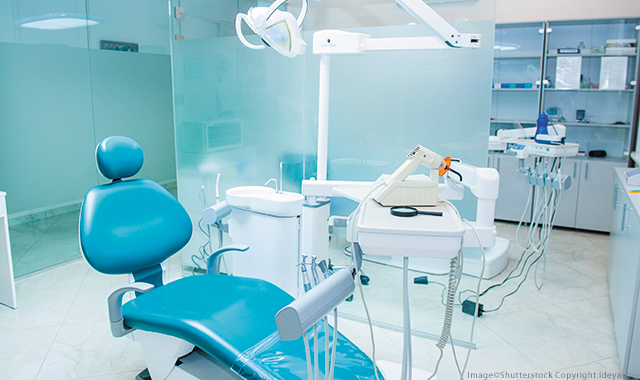The top 5 ways technology has changed dental practices
The times are changing, and dental practices are as well.

After two decades in clinical practice, technological innovation has made my job easier, improved my patients’ experiences and, in many cases, resulted in better patient outcomes. Technology has invaded all facets of my practice, but the areas of diagnostics and imaging have been the most impacted.
Every day, oral healthcare providers must synthesize patient data such as intra- and extraoral exams, radiographs, clinical images and oral histories to develop treatment options. From there, a shared decision-making process between provider and patient serves to define the treatment plan, but the quality of the data and our ability to communicate and educate helps to inform patients’ decisions and shape the treatment path. In my practice, the process of collecting patient data, documenting the clinical situation and planning treatment has been impacted by several key technologies.
Trending article: 6 emerging technologies that will change dentistry forever
Electronic health records
Like any dentist who has decided to eliminate paper charts and adopt electronic records, it is no secret this process is difficult and time-consuming. The benefits, however, are worth the growing pains! Utilizing electronic patient notes and charting, images, radiographs, billing, claims, etc. creates efficiencies and better workflows for the entire team. No longer are my dental assistants scrambling to find paper records when a patient walks in with an emergency, and now my practice administrator can more easily collate information for referrals and insurance claims.
Dental loupes and LED headlamps

I have been wearing loupes for years, but the addition of the LED headlamp has changed my world. The expression, “I just didn’t realize how much I couldn’t see before” as it pertains to a dental practice with an operatory light is not hyperbole. I am now able to see magnified areas that are better illuminated, which has definitely improved my clinical dentistry. The batteries for the LED headlamp have gotten smaller and are more able to provide a full day’s charge. For most patients, I do not even reach for the overhead light anymore!
Intraoral and digital cameras
Capturing excellent digital images should be a part of every patient’s initial exam, in addition to before/after treatment. To fully document the patient’s clinical situation is vital, but clinical images are an ideal way to also educate and inform patients about problems they sometimes cannot see or feel. Integrating digital clinical images into electronic patient records makes communicating between providers easier and more effective. The intraoral cameras available are now easy to use and capable of capturing high-quality images. Digital cameras have always been capable of creating outstanding images but were not always easy to use; however, set-ups are getting smaller and lighter as highlighted by adaptors for smartphones that can make intraoral capture possible.
Trending article: The top 10 developments in dental technology
Digital radiography
Digital capture of intraoral radiographs is simple, predictable and, just like loupes, has changed my world. From the elimination of chemicals to the instant gratification of digital sensors and the ability optimize views on a large viewing monitor, digital radiography allows me to better diagnose potential problems. It is almost hard to believe that we were capable of appreciating early carious lesions on the small film we used to use!
Digital scanning
The most recent technology adopted in my office is digital scanning. When combined with the electronic record, digital images and digital radiography, I can now not only educate patients about what their current situation is, but also show how we can address their complaints and even plan/predict the final outcome. For orthodontic, crown and bridge, and implant cases, we utilize digital scanning not only to plan treatment but also for communication between providers and laboratory technicians.